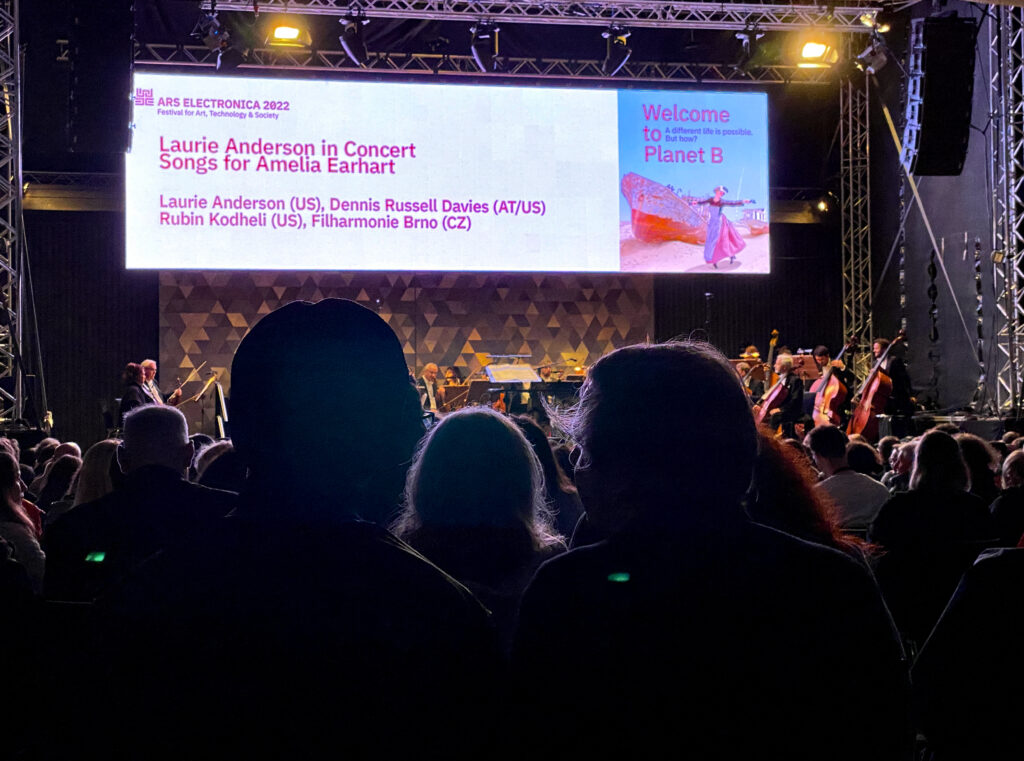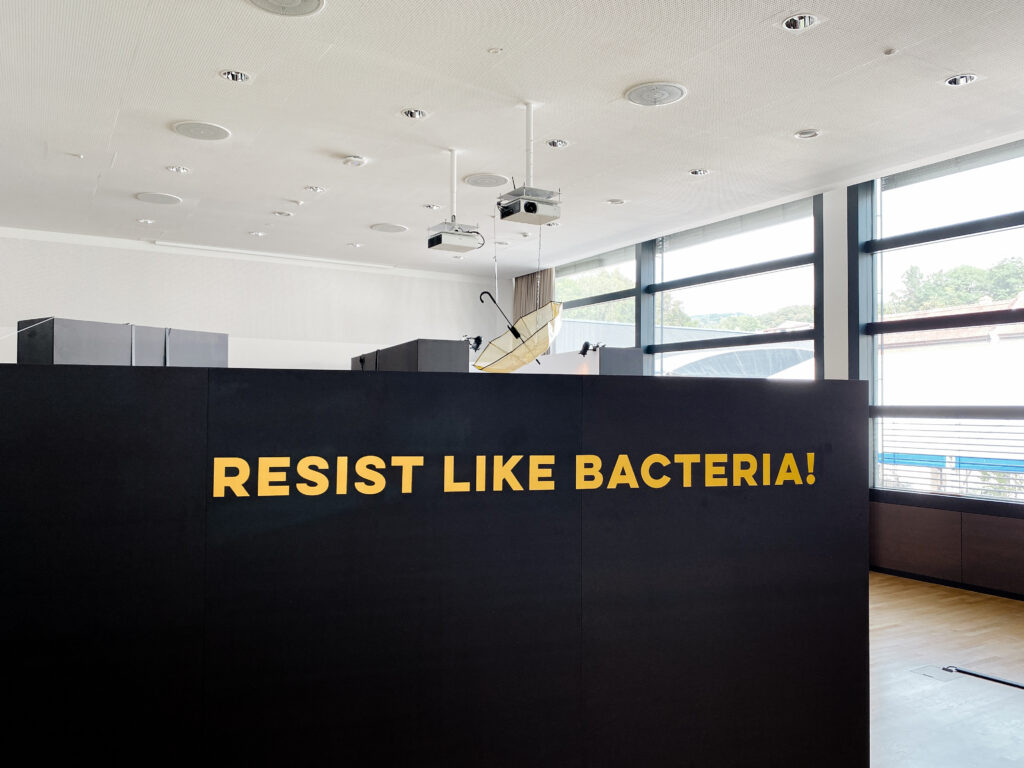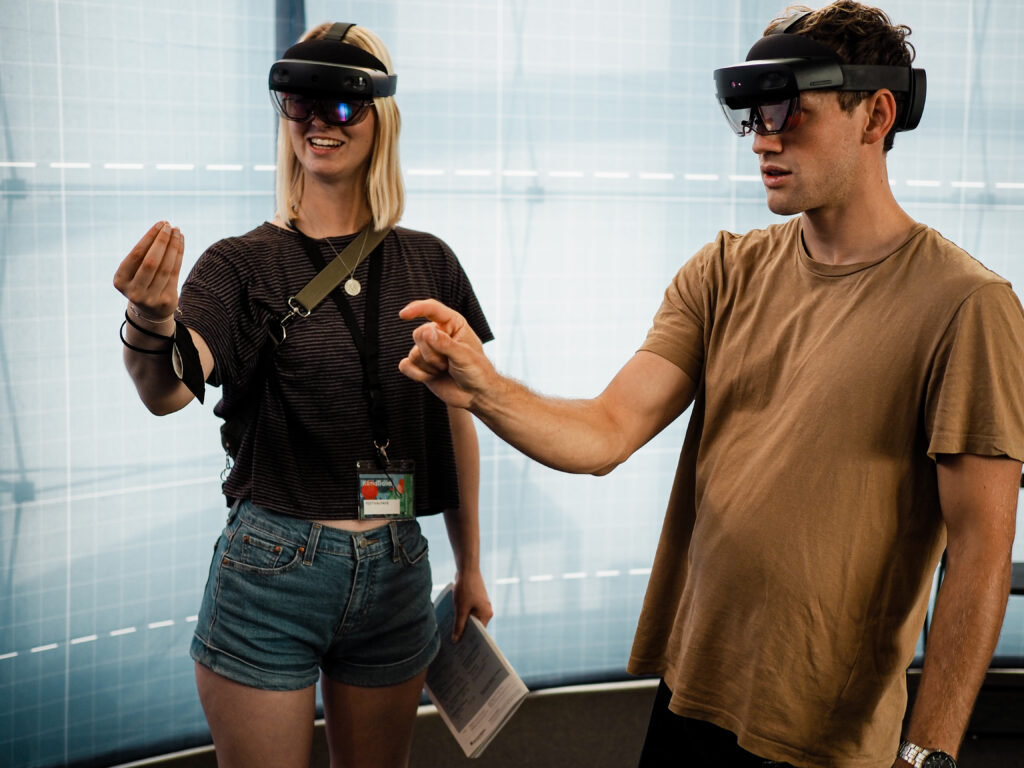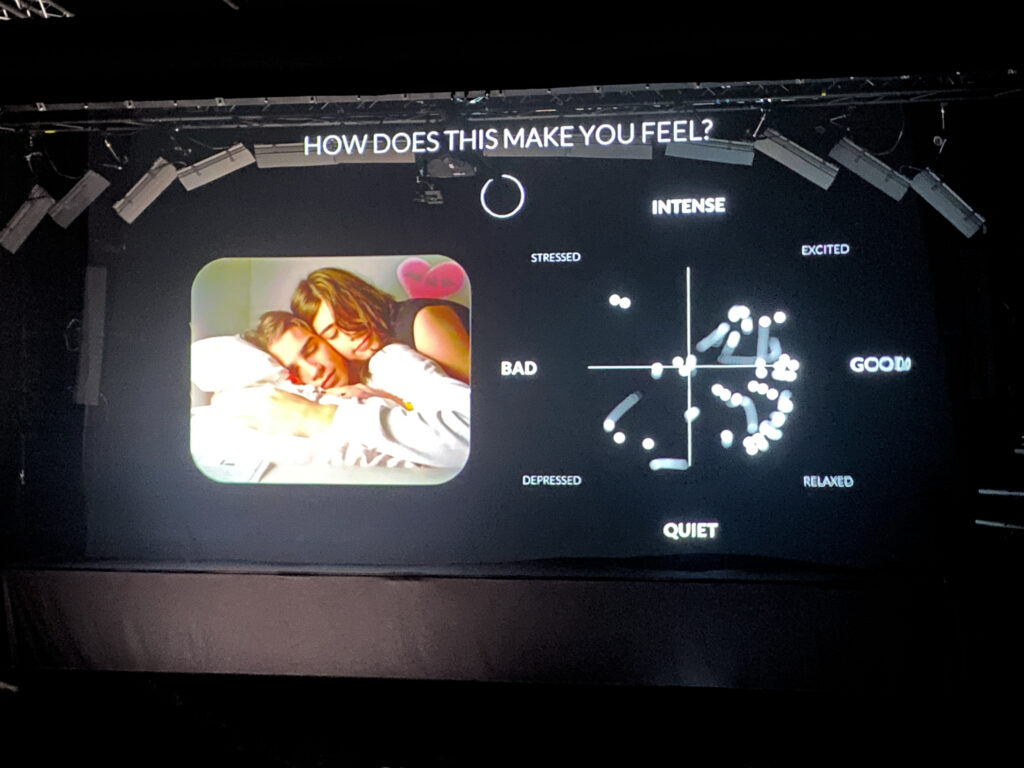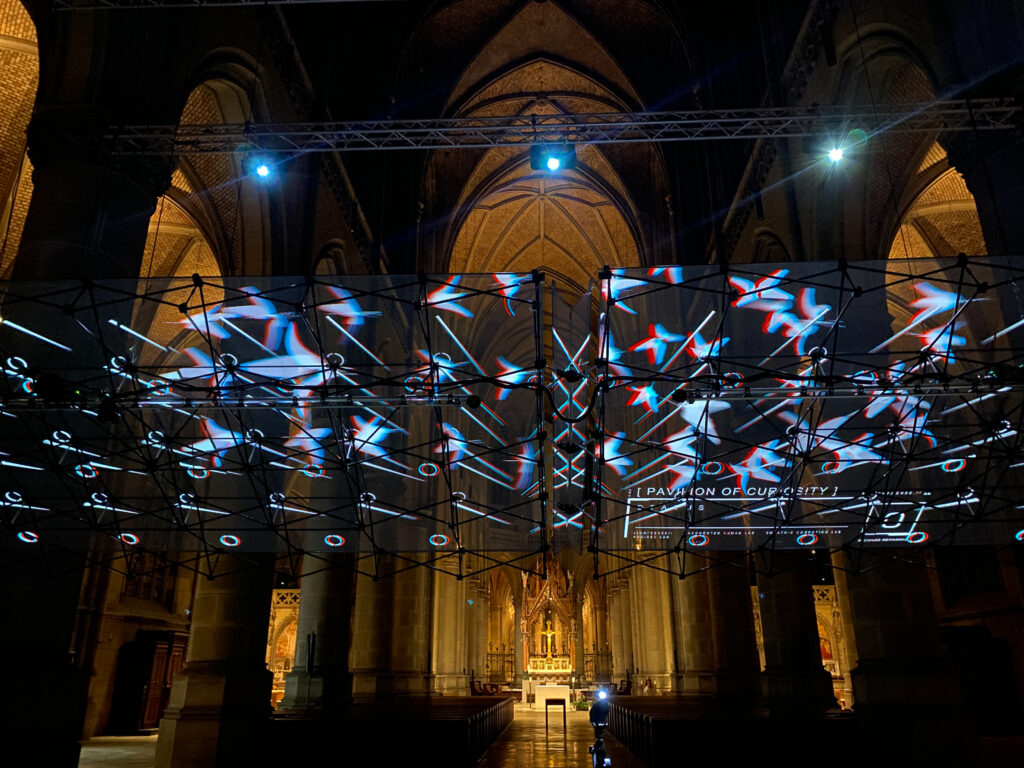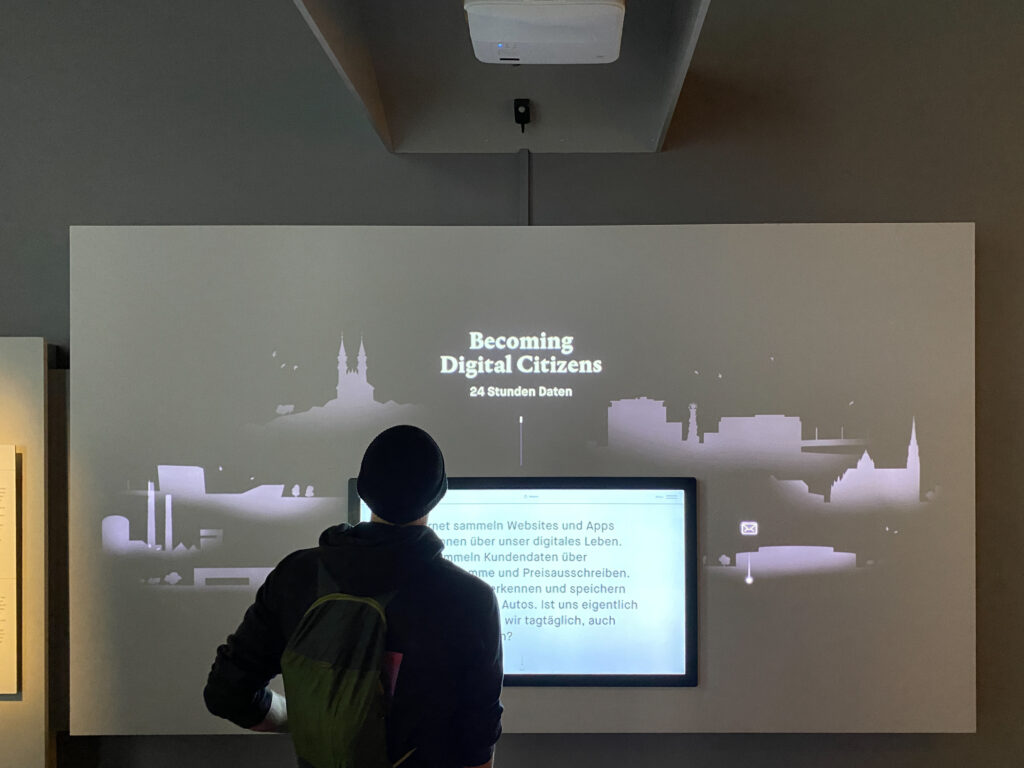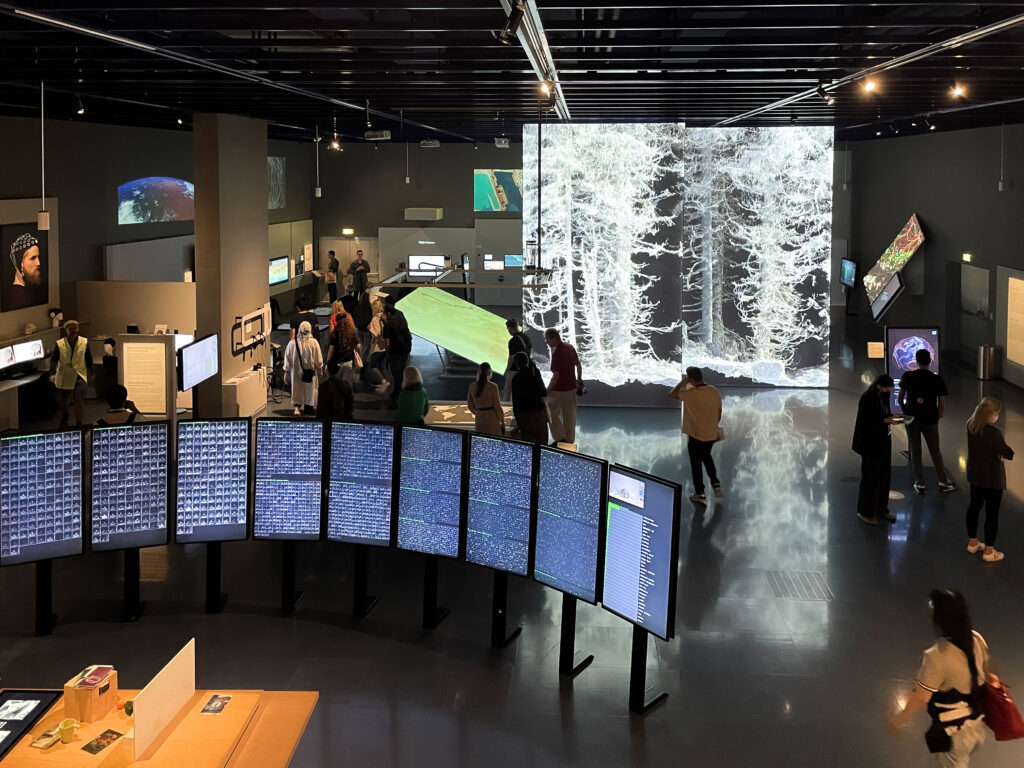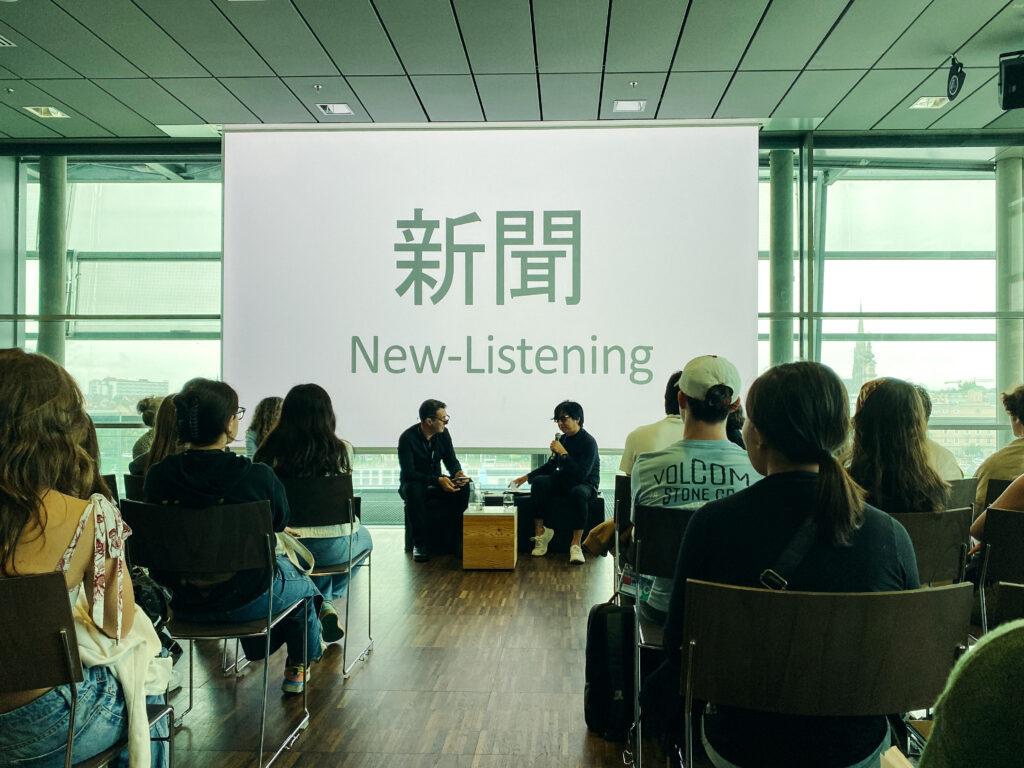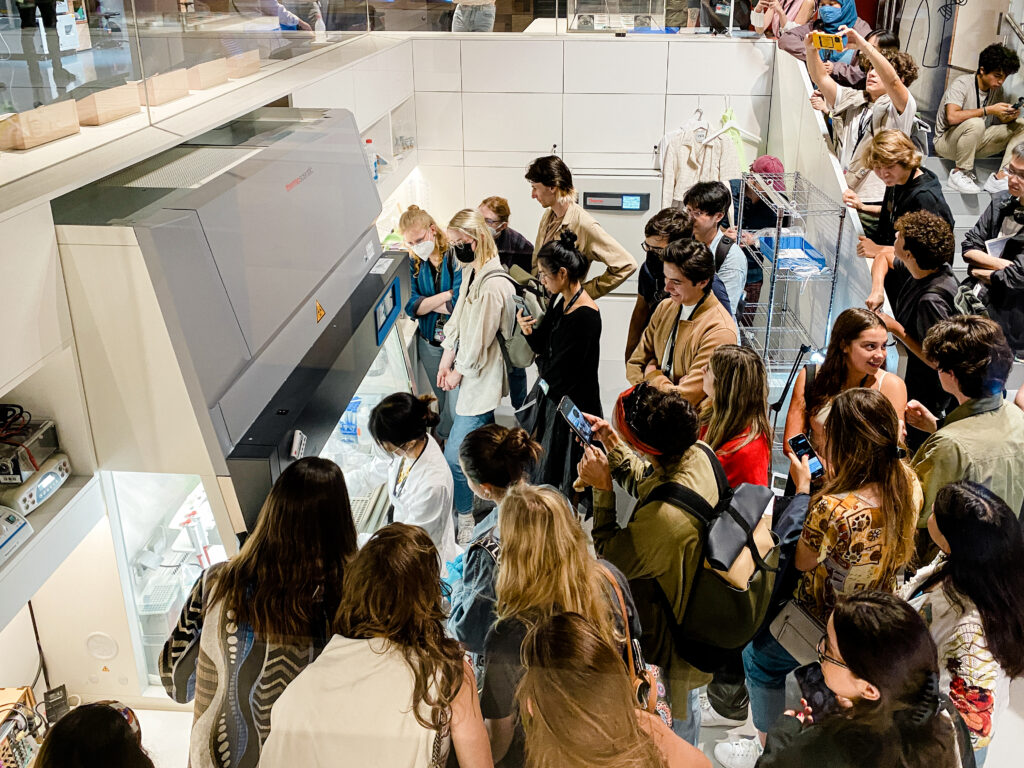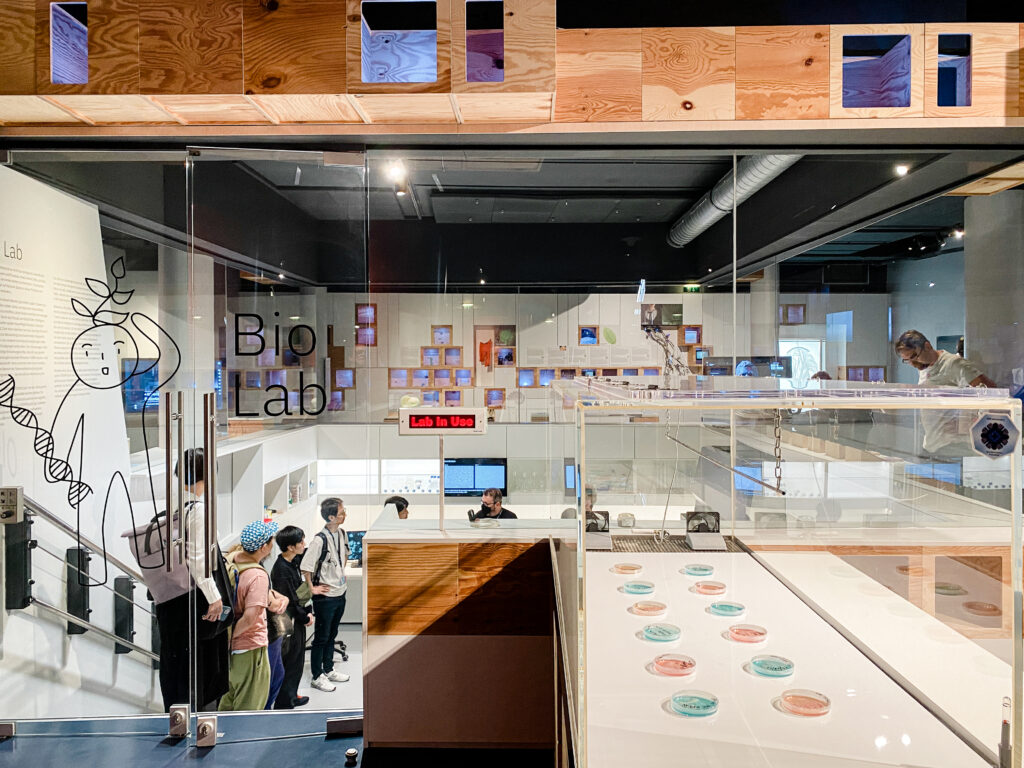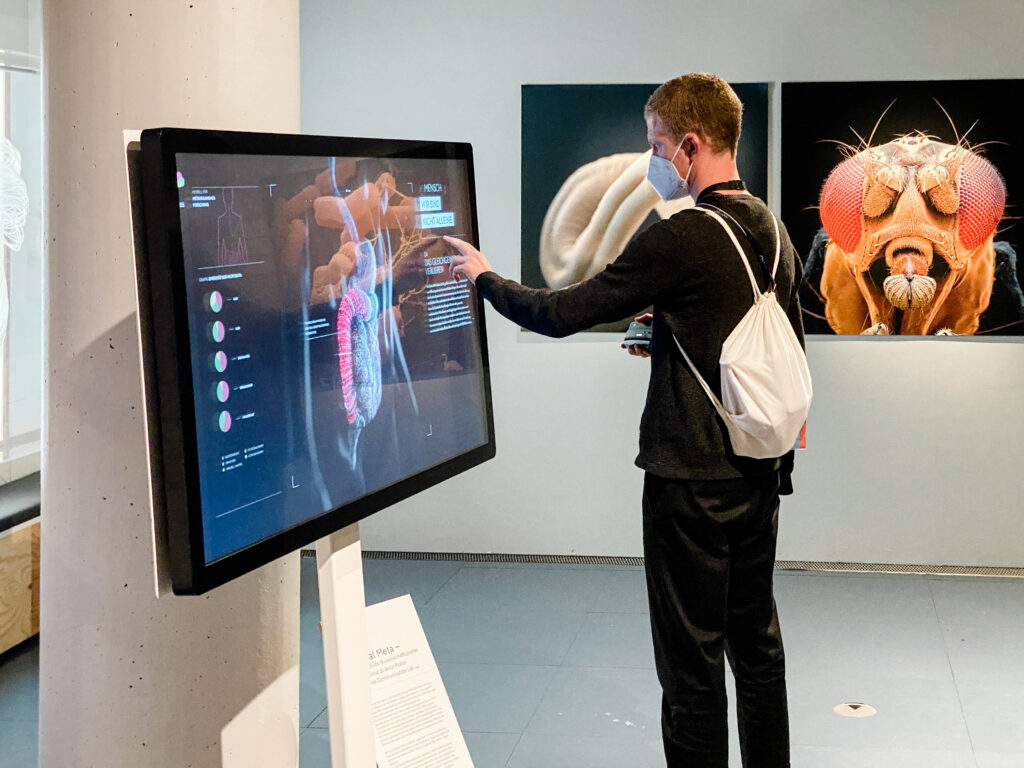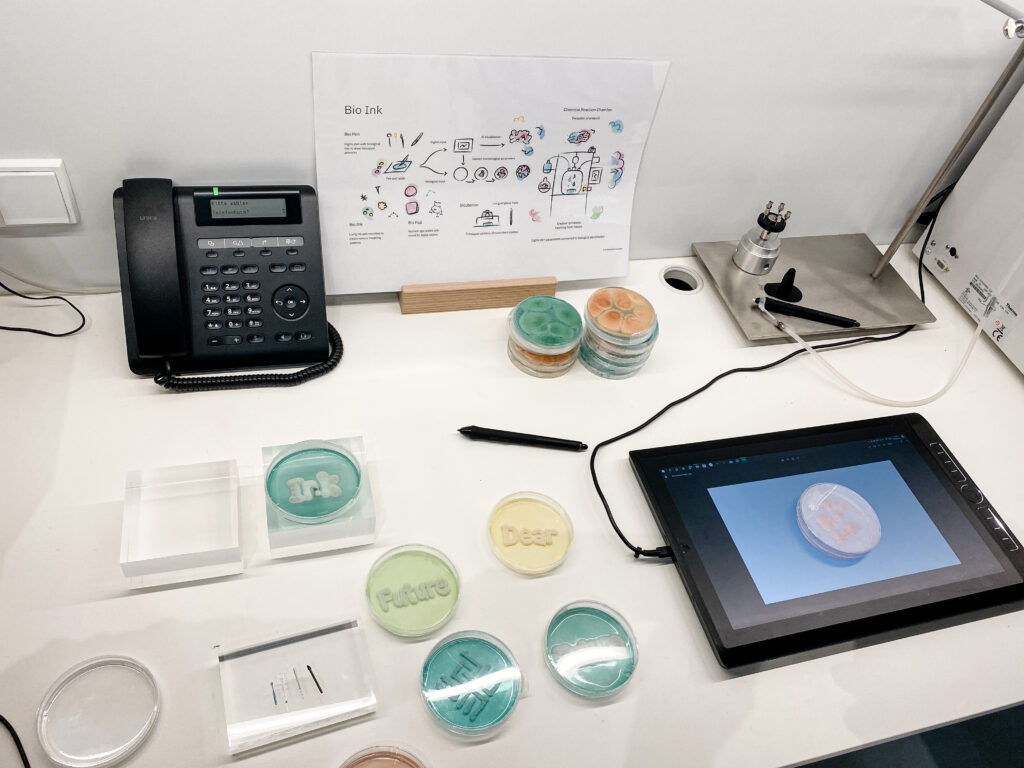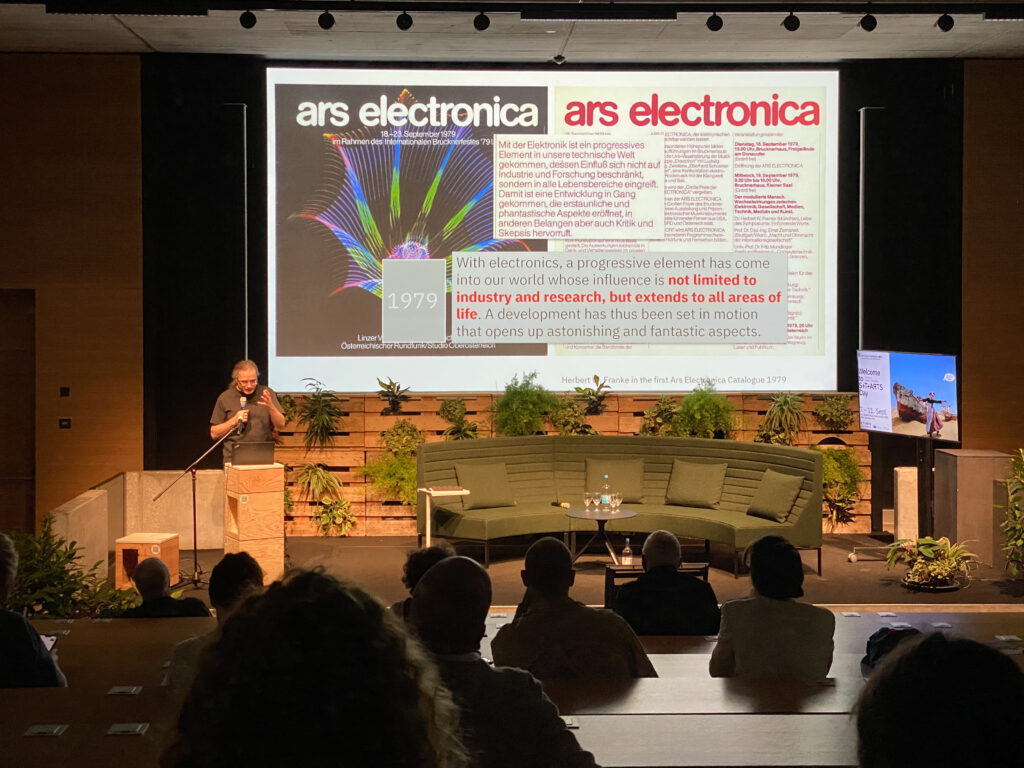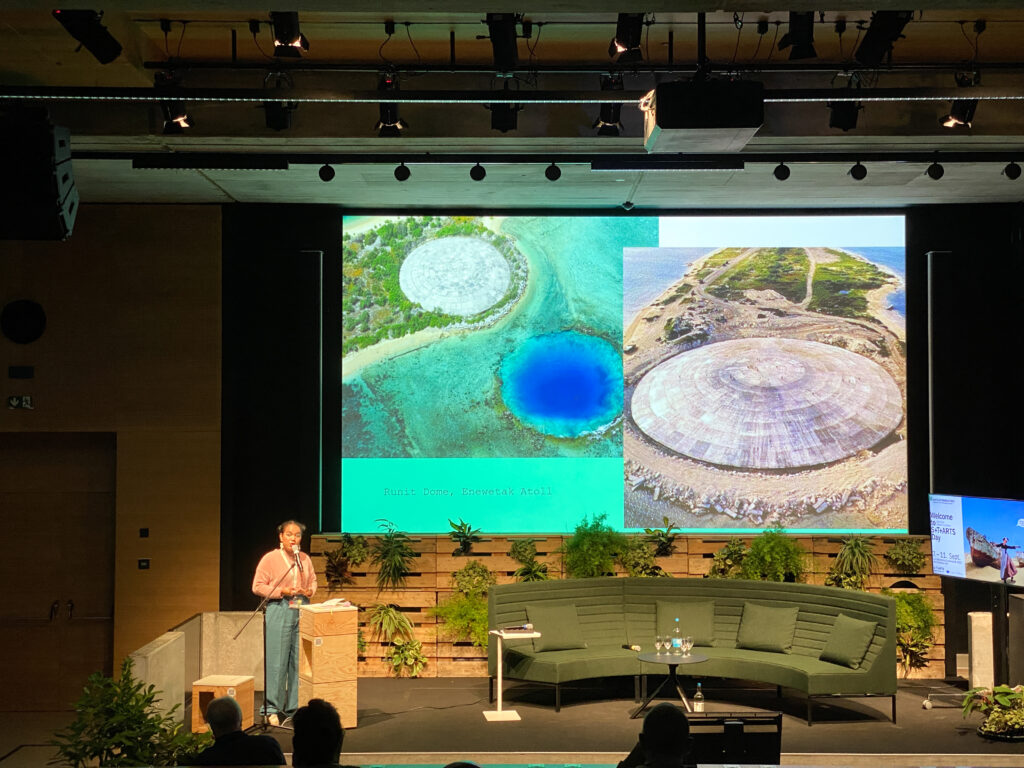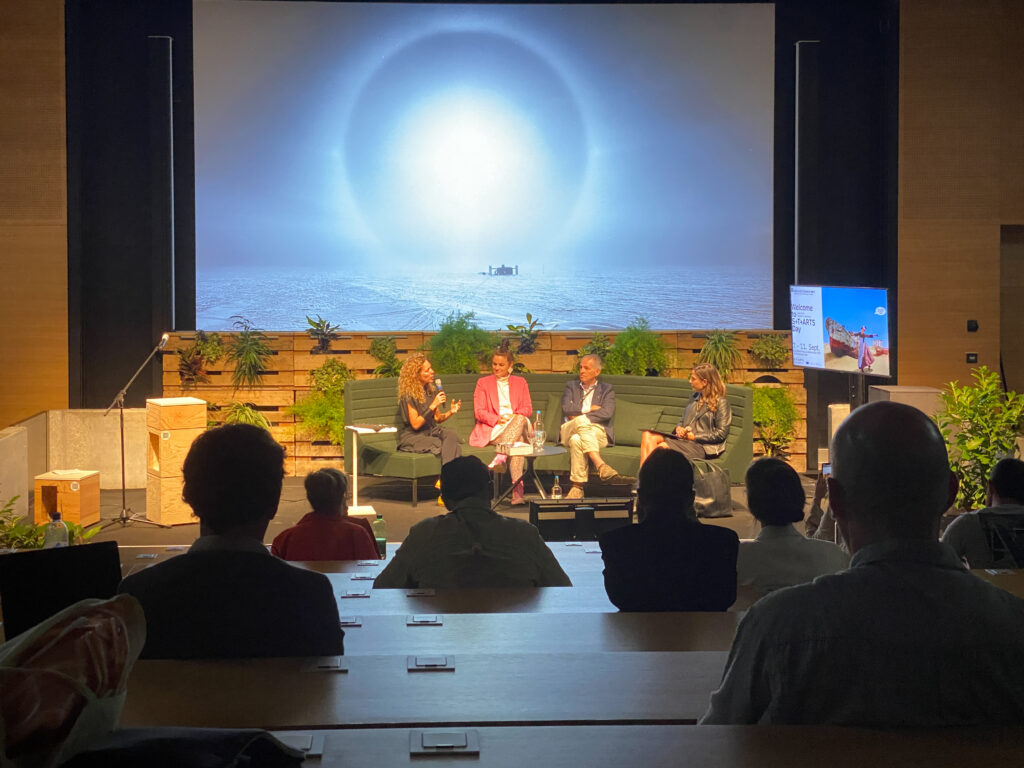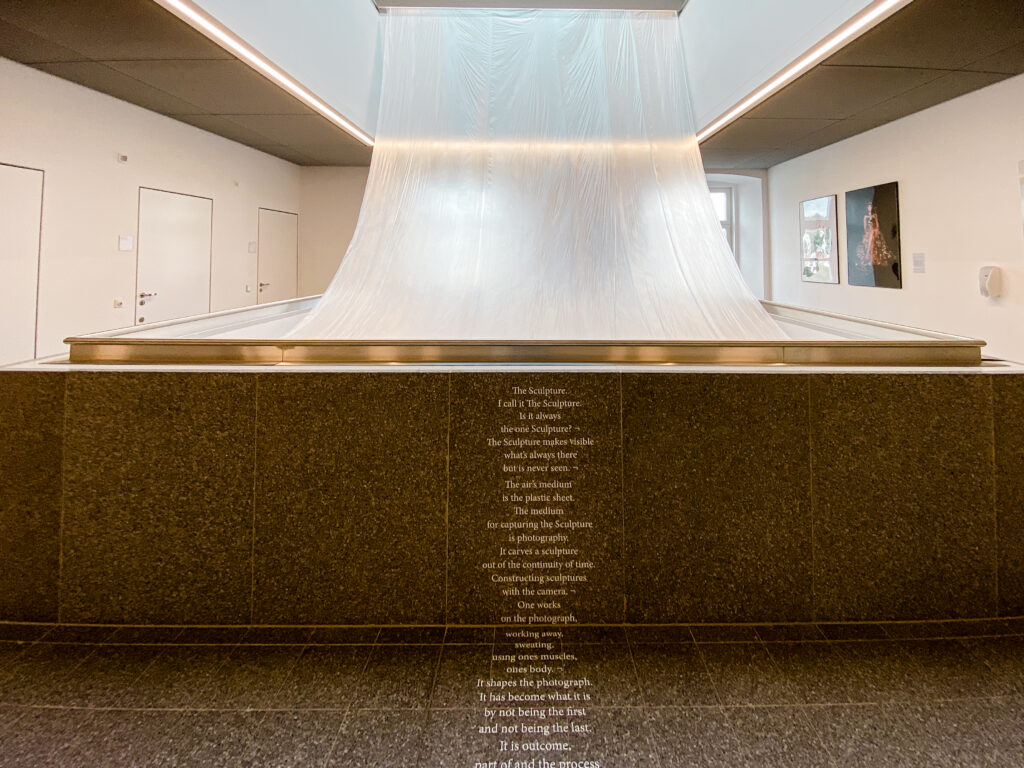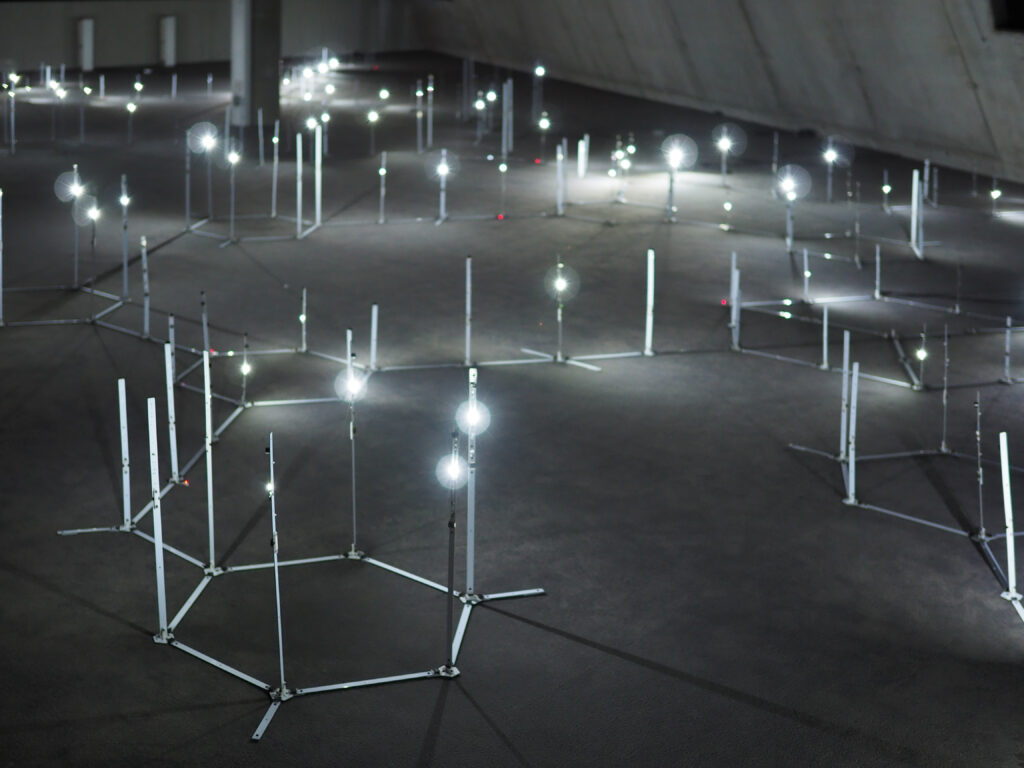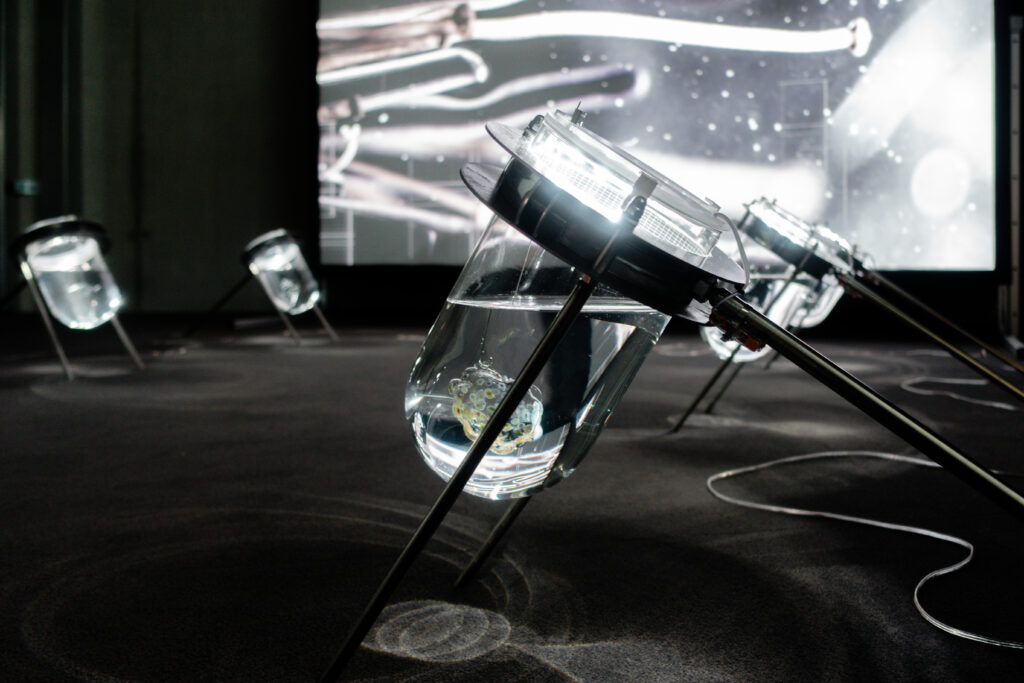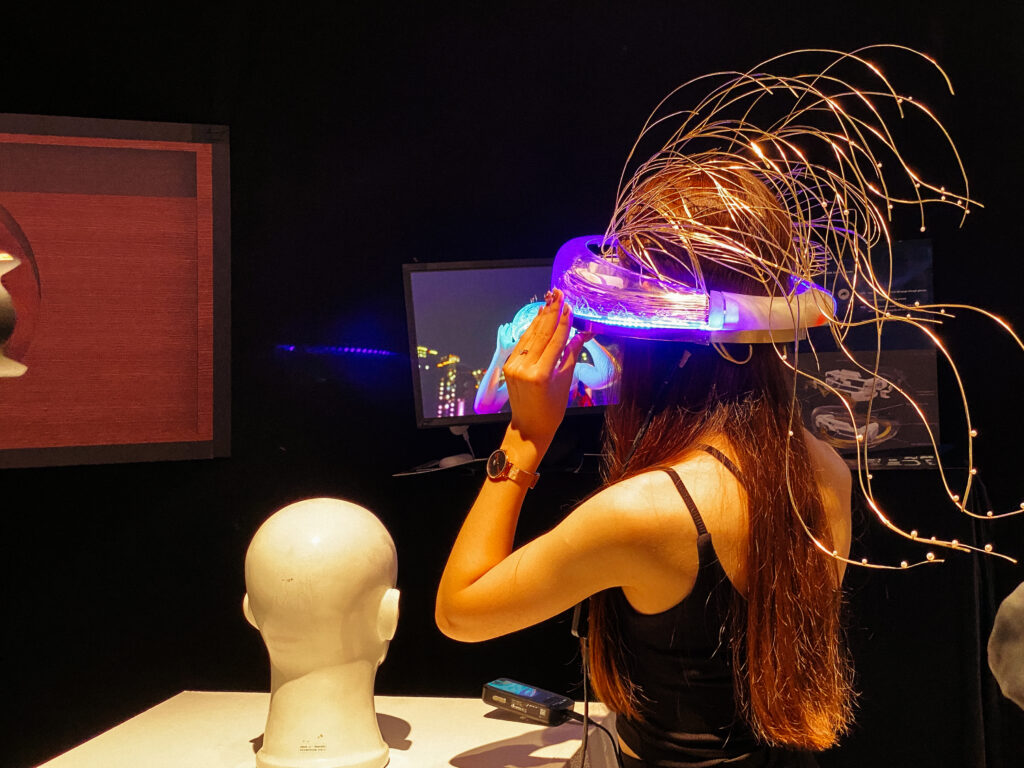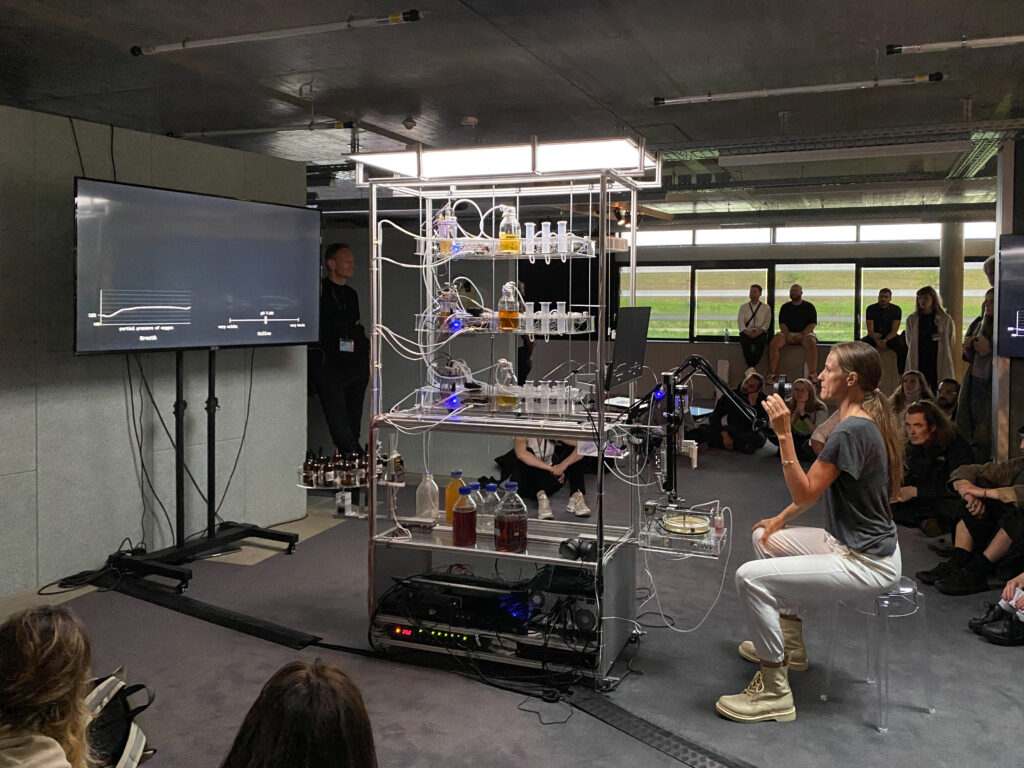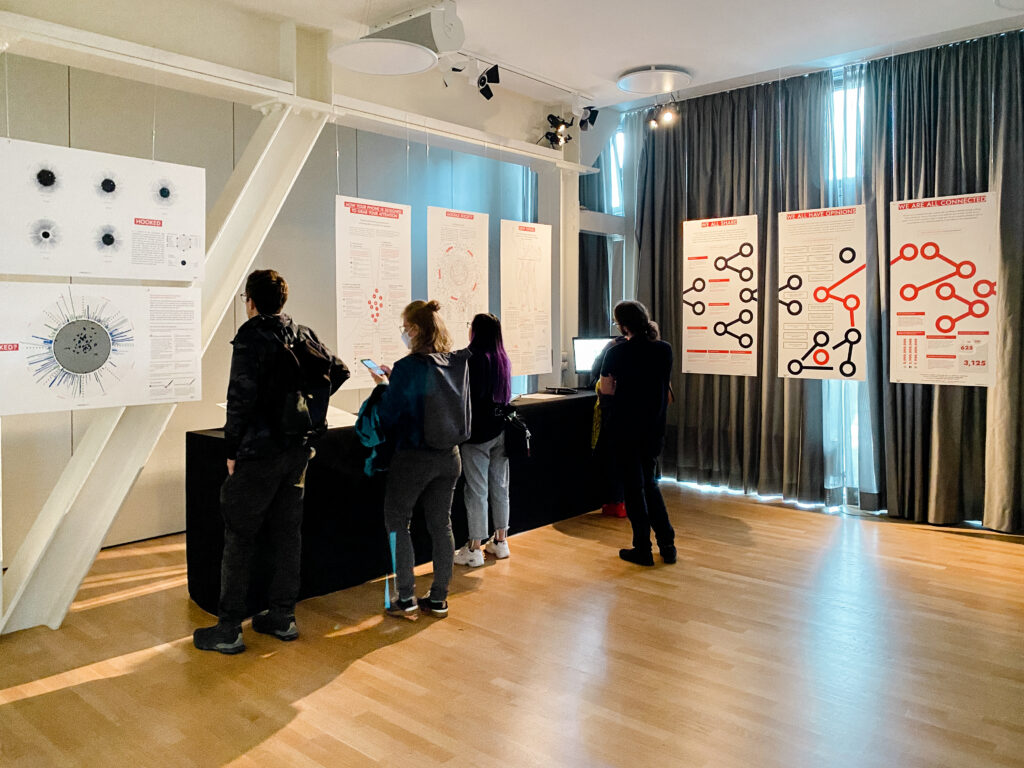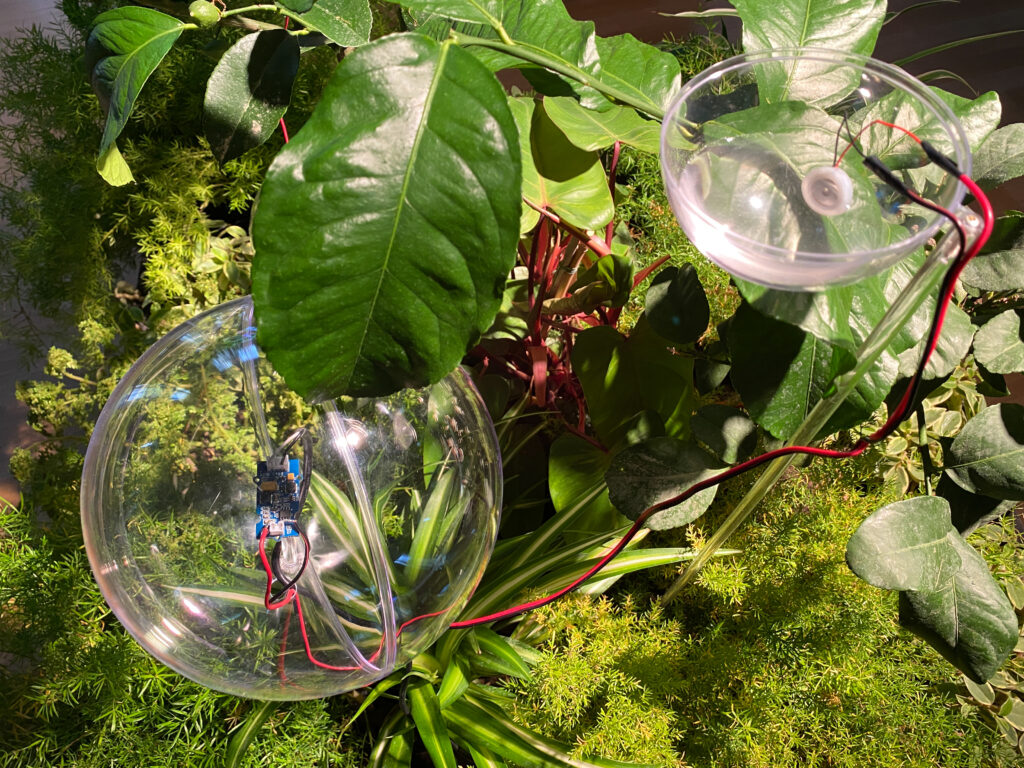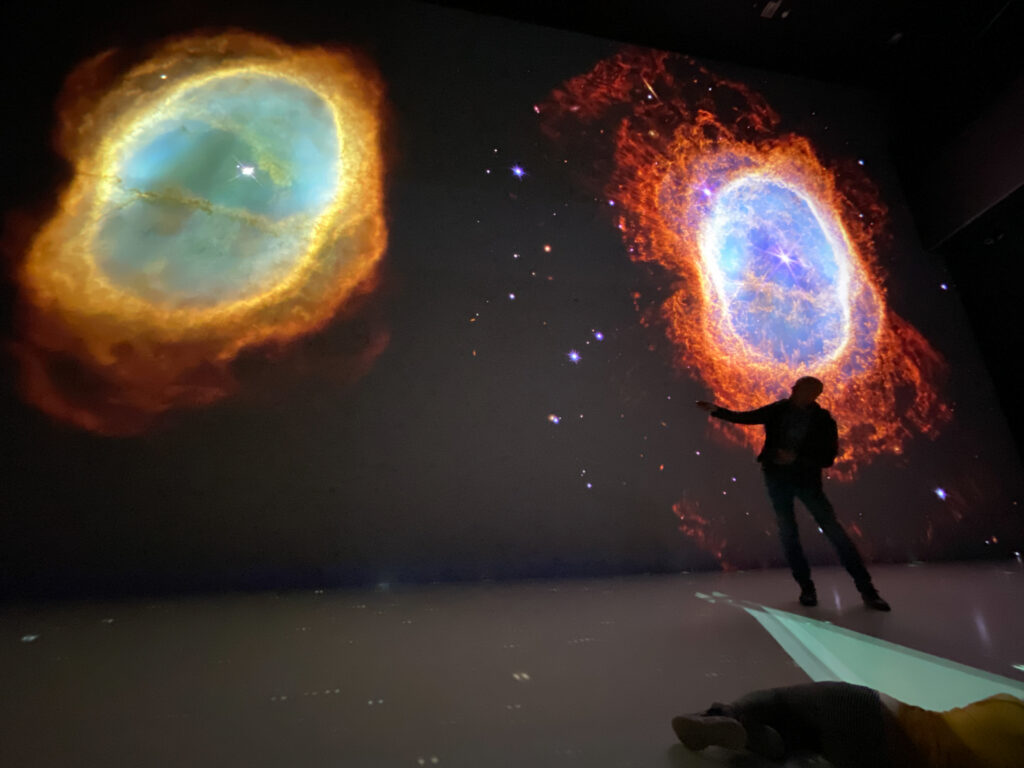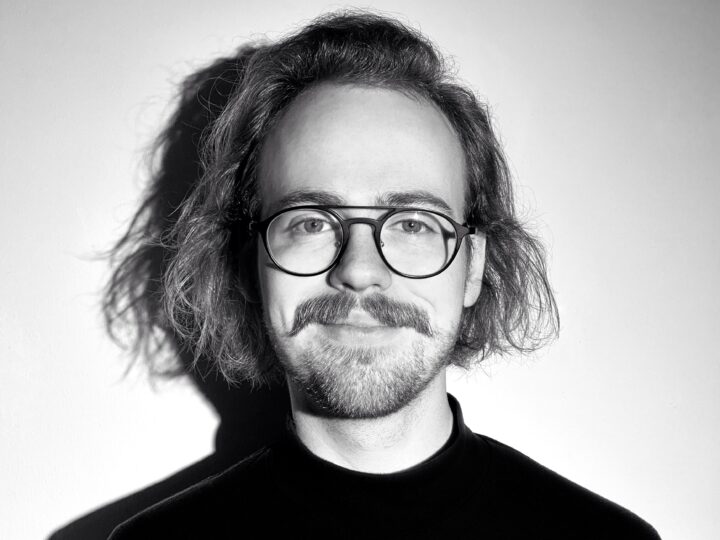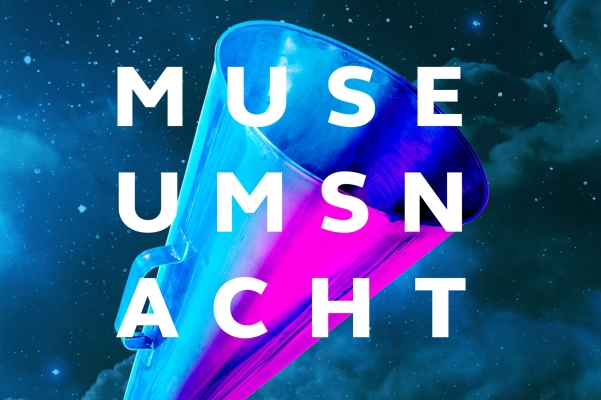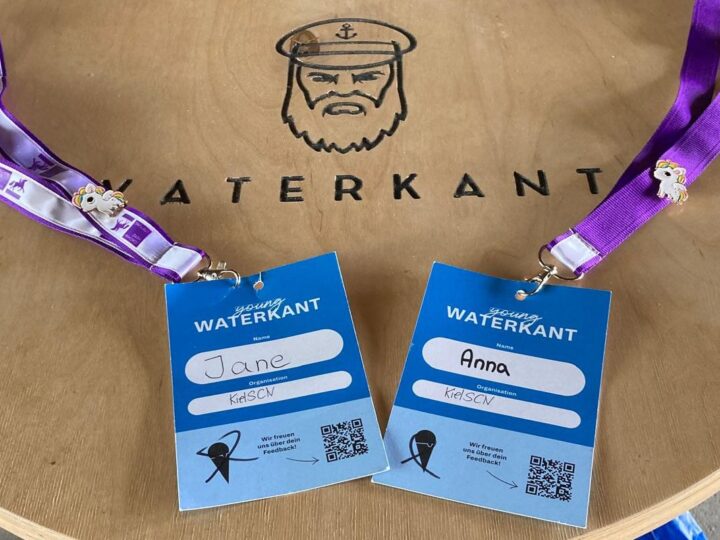Visiting the Ars Electronica Festival in Linz
Welcome to Planet B
From September 7 to 11, 2022, the Ars Electronica Festival in Linz once again presented outstanding exhibitions and lectures under the central theme “Welcome to Planet B.” Thereby, the focus was on the question of how art interacts with the public and science when it comes to socially relevant topics such as climate change. During a 5-day excursion, we experienced the overwhelming program, which we could hardly visit completely in the short time available. Some highlights of our excursion can be found below.
The Relationship of Humankind and Nature
The thematic exhibition STUDIO(dys)TOPIA dealt with the relationship between humankind and nature. Here, the artists often commented cynically on human actions through their exhibits. The first installation was directly impressive. Here, visitors placed their smartphones in a box. While people then relaxed on the couch to read a magazine, the device was shown art for 30 minutes.
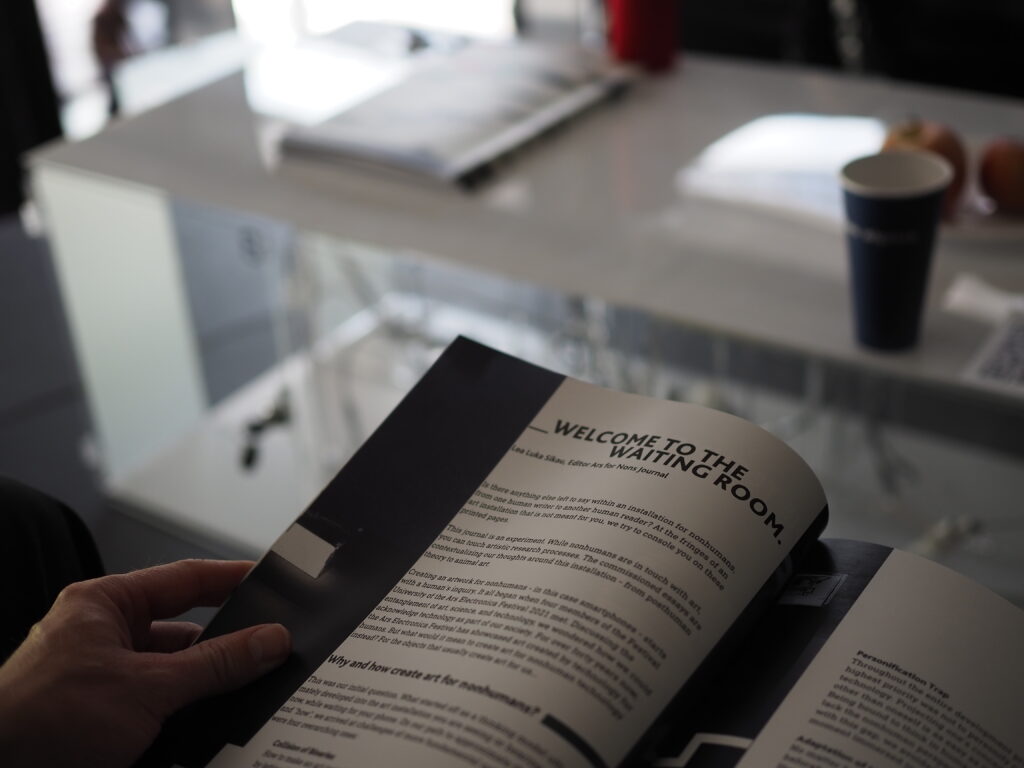
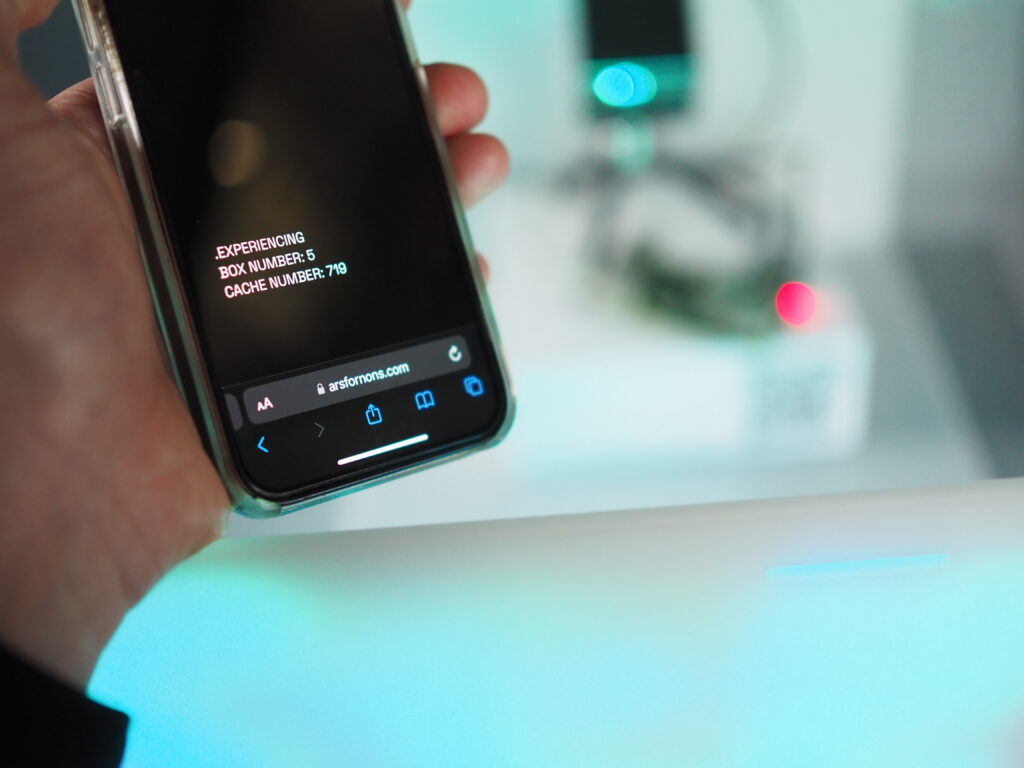
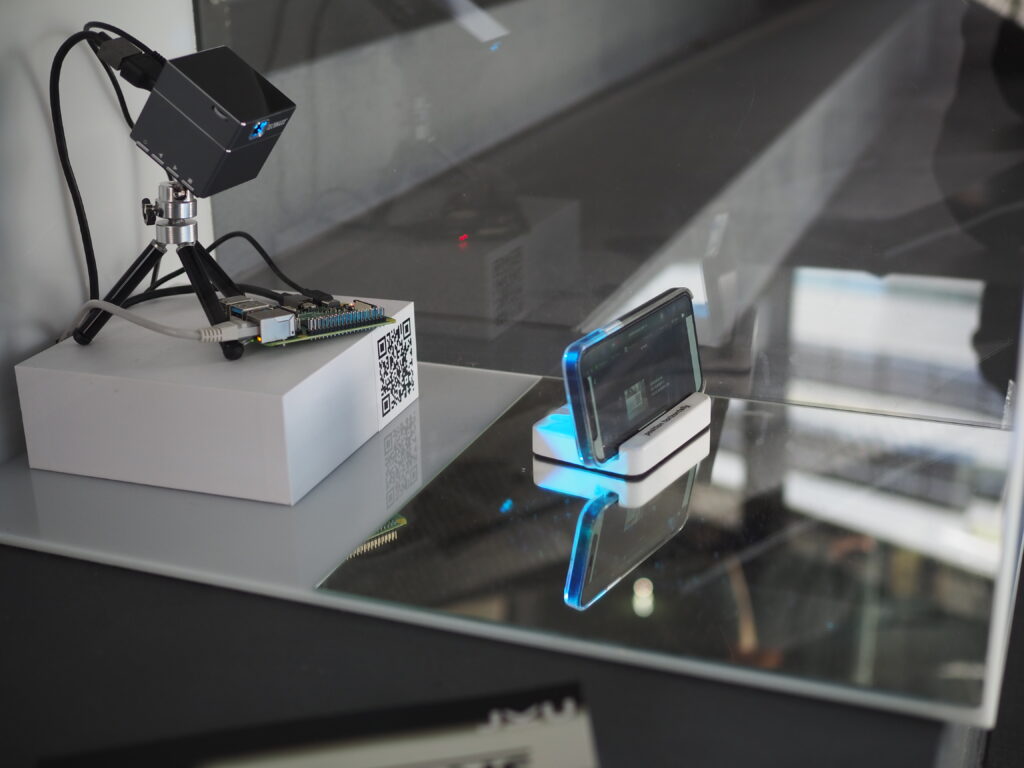
The project Feral Automated System: ULTB-1 is also well remembered. It focuses on plants that were used in Soviet times to extract heavy metals from the soil. In the meantime, however, they have become a plague and are therefore undesirable. Artists now use the plant to make batteries or to imitate transistors and computer chips. Cryptocurrency without monetary value is also part of the project idea.
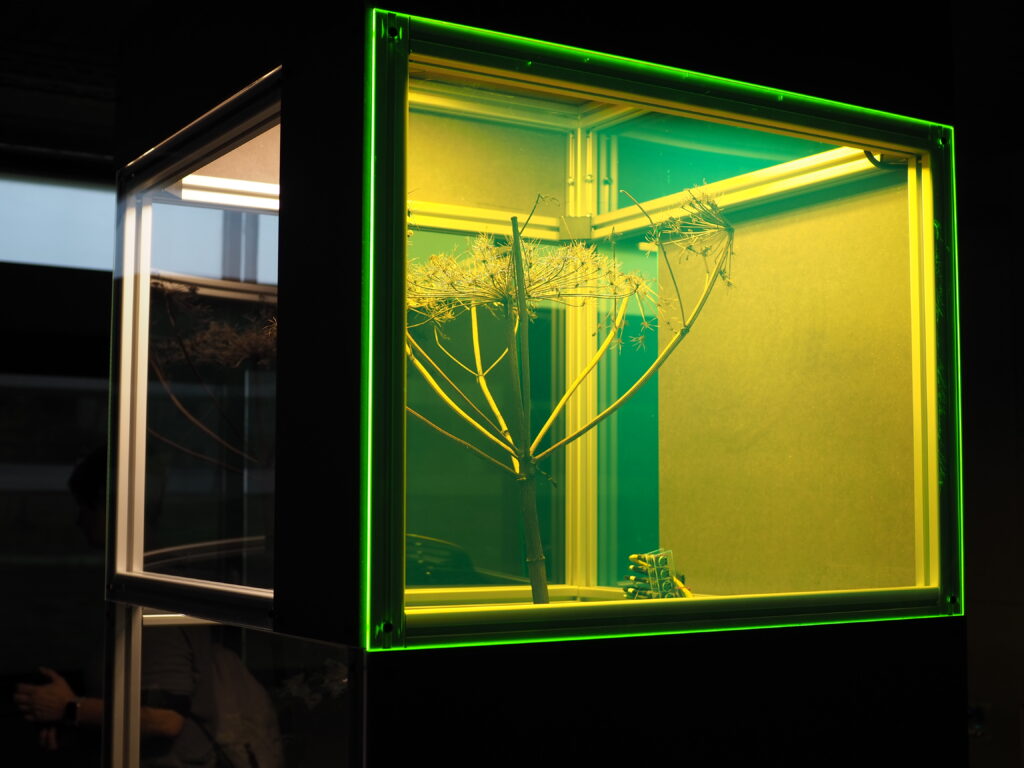
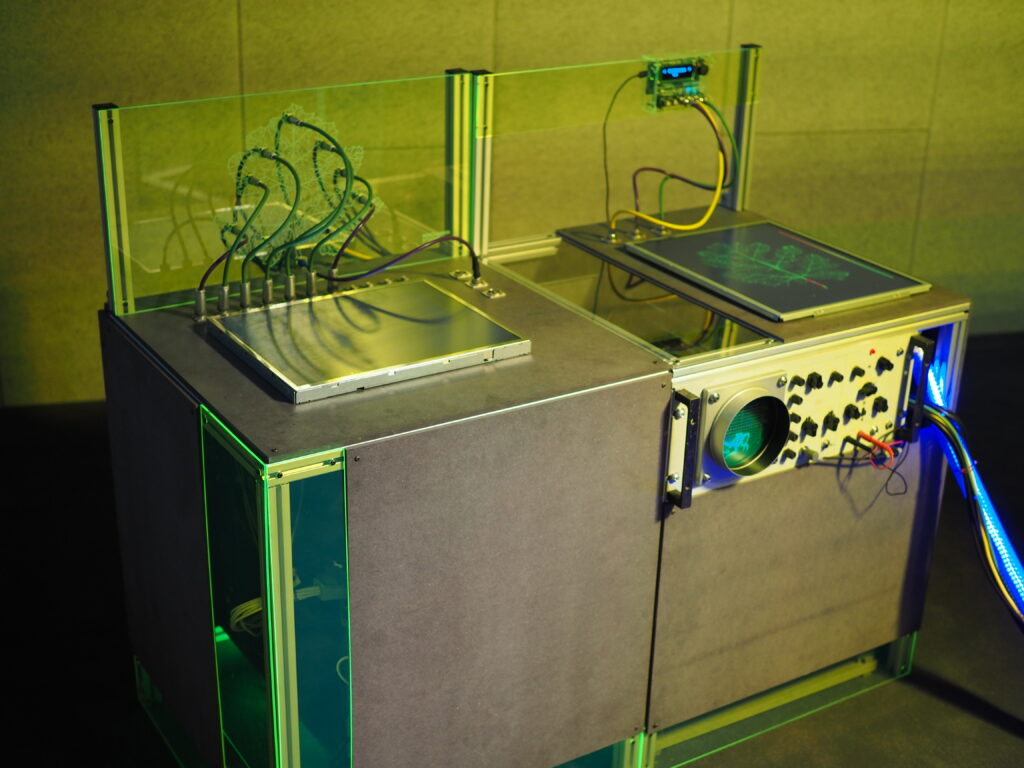
For our team, a third highlight of the STUDIO(dys)TOPIA exhibition was the visit of LightSense at the St. Mary’s Cathedral. Visitors here are invited to interact with a living architectural body. Integrated is an AI system that enables the structure not only to record, but also to conduct and sustain conversations with visitors. In this way, LightSense inspires viewers to communicate directly about issues close to their hearts.
The Future of Media
The future of media was another point of discussion. Thus, the event also showed possibilities for involving the audience even more in the creation of artworks in the future through participatory formats and co-design processes. The many engaging and activist works, performances and installations encourage us to continue to work for social change through creative means and committed communication.
Searching for Planet B
At the Ars Electronica Center, our group went on a search for Planet B together with Dan Tell. In Deep Space 8K, which is unique in the world, the employee of the Morrison Planetarium of the California Academy of Sciences took visitors on a journey through the universe with impressive 3D images. Thus, he showed that among the myriads of stars and planets, the best alternative is still our Earth. All we have to do is finally deal with it responsibly. Because all other kinds of terraforming would be far more costly. Planet B – right here, right now.
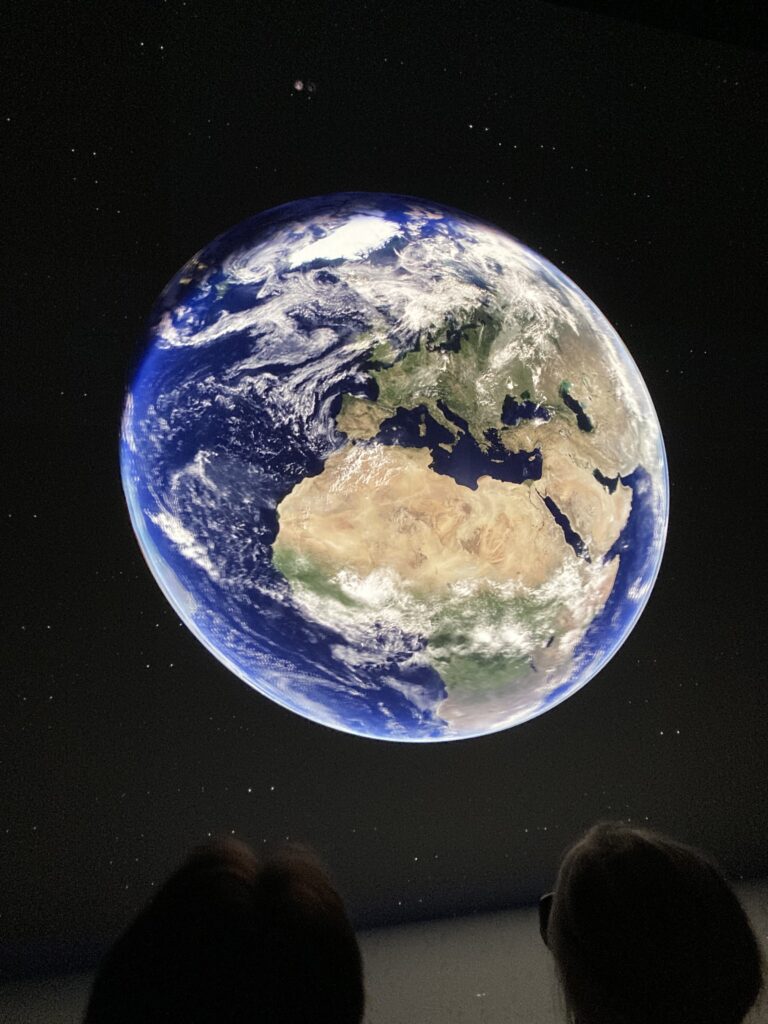
More Courage to go for Plan B
A good overview on current media art was offered by the Cyber Arts exhibition as well as the S+T+ARTS Prize exhibition. STARTS is an initiative of the European Commission to promote mergers of technology and artistic practice. Innovative projects at the interface of art, technology and science are awarded the STARTS Prize each year. The decisive factor here is the potential to contribute to sustainable economic and social innovation. The exhibition presents current best-practice approaches to responsible innovation in the fields of ecological commons, ecology, artificial intelligence, digital property, policy-making, and communication and media technologies.
The CyberArts exhibition traditionally presents the works of the winners of the Prix Ars Electronica. The international jury evaluates the submitted works from various fields of digital art and culture in different categories. This year, the renowned artist Laurie Anderson was honored for her groundbreaking work. And it was the grande dame of media art who once again spoke about courage in her lecture: she made it clear that she has very often needed a plan B because plan A didn’t work. This often led to new, better solutions than the original idea. In this sense: Welcome to Planet B!
